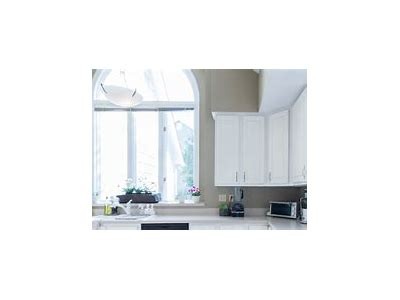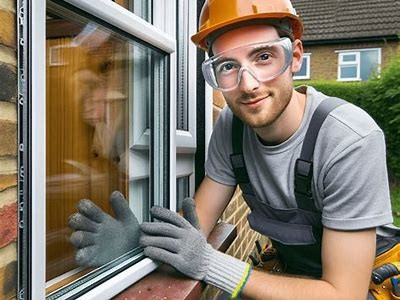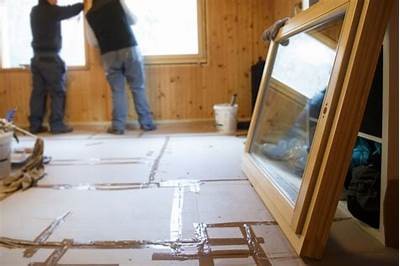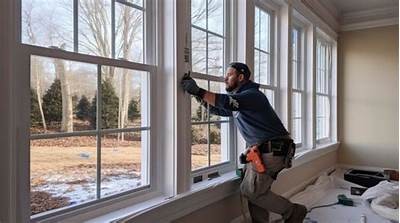How to Successfully Install Windows in Your Home for Improved Energy Efficiency
Understanding the Importance of Energy Efficiency
Energy efficiency is a critical aspect of modern home design that impacts comfort, costs, and the environment. As energy prices continue to rise and environmental concerns gain momentum, home improvement projects focusing on energy efficiency are becoming increasingly popular. One of the most effective methods to enhance energy efficiency in your home is by installing new windows. Windows are not just openings that allow light to enter; they are essential components that affect your home's energy consumption, comfort, and aesthetic appeal.

Choosing the Right Windows for Your Home
Before diving into the installation process, it's important to choose the right type of windows suited for your specific needs. Various materials are available, including vinyl, wood, and aluminum, each offering unique benefits and drawbacks. Vinyl windows are particularly popular for their affordability and low maintenance requirements, while wooden windows provide excellent insulation but require more upkeep. Aluminum windows, on the other hand, are durable but may not offer the best insulation unless properly treated.

Window Energy Ratings Explained
When choosing windows, understanding energy ratings is essential. Look for windows with a low U-factor, which measures the rate of heat transfer; a lower number indicates better insulation. Additionally, consider the Solar Heat Gain Coefficient (SHGC), which indicates how much solar radiation passes through the window. It's advisable to select windows with low SHGC ratings in hotter climates and higher ratings in colder areas.

Preparing for Installation
Proper preparation is key to a successful window installation. Begin by measuring the existing windows accurately to ensure that the new windows will fit properly. Remove any window coverings, such as curtains and blinds, and clear the area around the window to provide ample workspace. It’s also wise to check for any potential structural issues with the walls surrounding the windows to avoid complications during installation.

Gathering the Right Tools and Materials
Before you start, assemble all the necessary tools and materials. Common tools required for window installation include a tape measure, level, saw, screwdriver, and caulking gun. Additionally, ensure you have the right type of insulation, caulk, and flashing materials that will help seal gaps and prevent air leaks.

Step-by-Step Window Installation Guide
The installation process can be broken down into several manageable steps. Start by removing the old window and preparing the opening. Ensure the rough opening is clean and free of debris to facilitate a smooth installation. Next, place the new window into the opening and shim it to achieve level and plumb. Secure the window in place, apply insulation around the seams, and finish with exterior and interior trim.
Post-Installation Considerations
After installing the windows, it’s important to clean up and dispose of any debris generated during the process. Take time to inspect the installation for any visible gaps or issues that might lead to energy loss. Seal any gaps with caulk and ensure that the windows operate correctly. Additionally, consider installing window treatments that further enhance energy efficiency, such as thermal curtains or blinds.
Regular Maintenance for Energy Efficiency
Once your new windows are installed, regular maintenance is essential to ensure their longevity and energy efficiency. Periodically check for and replace worn weatherstripping, maintain the frames and sashes, and inspect the seals for any signs of damage or deterioration. Properly maintained windows will continue to provide insulation and save on energy bills for years to come.
Exploring Additional Energy Efficiency Improvements
Window installation is just one part of a comprehensive approach to improving energy efficiency at home. Consider complementing your new windows with other energy-efficient enhancements, such as proper insulation, energy-efficient doors, and upgraded HVAC systems. Each of these improvements can work together to create a more energy-efficient living space and significantly reduce your carbon footprint.
Conclusion
In conclusion, installing new windows in your home can dramatically enhance your energy efficiency while also improving comfort and aesthetics. By carefully selecting the right windows, preparing adequately for installation, and following best practices during and after the installation process, you can create a more sustainable and energy-efficient home for you and your family.